
Toyota definitely isn’t the first automaker that comes to mind when you think of performance cars, but the Japanese manufacturer has a steep history in making some incredible sporty machinery.
Names like Supra, Celica and 2000GT have all weaseled their way into the hearts and minds of enthusiasts all over the world. But what is the best of best? What are the Top 10 best Toyota sports cars of all time? After taking things like performance, historical importance and overall appeal into account, we have ranked our 10 favorites below. Do you agree with our picks? Let us know in the comments section.
10. Toyota S800
The S800 was Toyota’s first proper sports car. Power for the S800 came from a 0.8-liter, two-cylinder horizontally opposed engine. Making a modest 44 hp, the car weighed less than 1,300 pounds. It was a two-seat targa that featured a lift-out roof panel.
Good looking and fun to drive, the S800 would start a long legacy of sporty Toyotas.
The S800 was Toyota’s first proper sports car. Power for the S800 came from a 0.8-liter, two-cylinder horizontally opposed engine. Making a modest 44 hp, the car weighed less than 1,300 pounds. It was a two-seat targa that featured a lift-out roof panel.
Good looking and fun to drive, the S800 would start a long legacy of sporty Toyotas.
9. Toyota GT86
Introduced in 2012, the Toyota GT86 goes by many names around the world including Scion FR-S and Subaru BRZ. Built as a back-to-basic sports car, the lightweight GT86 is a rear-wheel-drive two-door vehicle with an emphasis on driving fun. Power comes for a 2.0-liter four-cylinder engine making 200 hp.
Introduced in 2012, the Toyota GT86 goes by many names around the world including Scion FR-S and Subaru BRZ. Built as a back-to-basic sports car, the lightweight GT86 is a rear-wheel-drive two-door vehicle with an emphasis on driving fun. Power comes for a 2.0-liter four-cylinder engine making 200 hp.
8. Toyota Soarer Turbo
Although there were four generations of Soarers, it was the turbocharged versions that set new standards in performance and luxury. In 1988, two turbocharged engines were offered in the Soarer, but it was the inclusion of the 1JZ 2.5-liter turbocharged six-cylinder engine in 1991 that really made this car a rocket. Best of all, it could be had with a manual transmission.
Although there were four generations of Soarers, it was the turbocharged versions that set new standards in performance and luxury. In 1988, two turbocharged engines were offered in the Soarer, but it was the inclusion of the 1JZ 2.5-liter turbocharged six-cylinder engine in 1991 that really made this car a rocket. Best of all, it could be had with a manual transmission.
7. Toyota Sprinter Trueno and Corolla Levin (AE86)
The inspiration for the Toyota GT86, the AE86 versions of the Toyota Sprinter Trueno and Corolla Levin have become legends in the compact tuner world. Used as a basis for everything from drift cars to time attack monsters, the AE86 in stock form came with a 1.6-liter four-cylinder engine that made between 112 and 128 hp depending on region and year.
Available as a coupe or a hatchback, the lightweight rear-wheel drive-car was the definition of budget motoring fun in the mid-1980s.
The inspiration for the Toyota GT86, the AE86 versions of the Toyota Sprinter Trueno and Corolla Levin have become legends in the compact tuner world. Used as a basis for everything from drift cars to time attack monsters, the AE86 in stock form came with a 1.6-liter four-cylinder engine that made between 112 and 128 hp depending on region and year.
Available as a coupe or a hatchback, the lightweight rear-wheel drive-car was the definition of budget motoring fun in the mid-1980s.
6. Toyota Celica AWD Turbos
The Celica is a nameplate that was around for a long time. Available at times with rear-wheel drive or front-wheel drive, it’s the all-wheel-drive models that were something special. Called the GT-Four, in 1986, the first all-wheel-drive turbocharged Celica came to be powered by 190 hp 2.0-liter four-cylinder engine. The next year it would come to North America as the Turbo All-Trac.
The GT-Four would continue for two more generations of Celica, with the final Japanese versions making 251 hp in the late 1990s.
The Celica is a nameplate that was around for a long time. Available at times with rear-wheel drive or front-wheel drive, it’s the all-wheel-drive models that were something special. Called the GT-Four, in 1986, the first all-wheel-drive turbocharged Celica came to be powered by 190 hp 2.0-liter four-cylinder engine. The next year it would come to North America as the Turbo All-Trac.
The GT-Four would continue for two more generations of Celica, with the final Japanese versions making 251 hp in the late 1990s.
5. Toyota MR2
A mid-engine, two-seat sports car is always intriguing, but the MR2 took things to another level because it wasn’t some high-priced exotic, but rather a car that was attainable for the average consumer. Initially available with naturally aspirated four-cylinder engines and one with a supercharger bolted on, when the second-generation MR2 came along, things got serious. In North America, the MR2 could be had with a 2.0-liter turbocharged engine that produced 200 hp. In Japan, that same powerplant could make as much as 241 hp out of the factory.
A mid-engine, two-seat sports car is always intriguing, but the MR2 took things to another level because it wasn’t some high-priced exotic, but rather a car that was attainable for the average consumer. Initially available with naturally aspirated four-cylinder engines and one with a supercharger bolted on, when the second-generation MR2 came along, things got serious. In North America, the MR2 could be had with a 2.0-liter turbocharged engine that produced 200 hp. In Japan, that same powerplant could make as much as 241 hp out of the factory.
4. Toyota GT-One
Only two of these road-legal race cars were ever made, but the GT-One showed just what Toyotawas capable of. Needing to be built to serve homologation purposes for competition at the 24 hours of LeMans, the GT-One road car features a mid-mounted 3.6-liter turbocharged V8 engine that makes upwards of 600 hp. Of course, the rest of the specs are equally stunning, like a 10.7-second quarter-mile time and all the downforce you could ever wish for. But, with only two cars ever made, neither of which are on the road today, it’s hard to give this car anything higher than a fourth place finish.
Only two of these road-legal race cars were ever made, but the GT-One showed just what Toyotawas capable of. Needing to be built to serve homologation purposes for competition at the 24 hours of LeMans, the GT-One road car features a mid-mounted 3.6-liter turbocharged V8 engine that makes upwards of 600 hp. Of course, the rest of the specs are equally stunning, like a 10.7-second quarter-mile time and all the downforce you could ever wish for. But, with only two cars ever made, neither of which are on the road today, it’s hard to give this car anything higher than a fourth place finish.
3. Toyota 2000GT
Could this be the best-looking Toyota ever created? Quite possibly. Built in low numbers and demanding insanely expensive prices today, the 2000GT showed the world that Toyota could build a seriously good sports car in 1967.
The 2000 in the name refers to the 2000-cc six-cylinder engine that made 150 hp. Weighing just under 2,500 lbs, the 2000GT wasn’t the fastest car on the road, but it was a joy to drive and sure looked good no matter what speed it was traveling at.
Could this be the best-looking Toyota ever created? Quite possibly. Built in low numbers and demanding insanely expensive prices today, the 2000GT showed the world that Toyota could build a seriously good sports car in 1967.
The 2000 in the name refers to the 2000-cc six-cylinder engine that made 150 hp. Weighing just under 2,500 lbs, the 2000GT wasn’t the fastest car on the road, but it was a joy to drive and sure looked good no matter what speed it was traveling at.
2. Lexus LFA
So this technically isn’t a Toyota. But the Lexus LFA was an incredible feat of engineering that, at the end of the day, was built by the corporation known as Toyota. With a front-mid engine setup, the LFA’s 4.8-liter V10 engine was an absolute screamer and unleashed 552 hp.
There isn’t enough space here to describe every technological wonder stuffed into the LFA, but the uber expensive, uber fast Lexus has an exhaust note and driving experience matched by very few other cars ever made.
So this technically isn’t a Toyota. But the Lexus LFA was an incredible feat of engineering that, at the end of the day, was built by the corporation known as Toyota. With a front-mid engine setup, the LFA’s 4.8-liter V10 engine was an absolute screamer and unleashed 552 hp.
There isn’t enough space here to describe every technological wonder stuffed into the LFA, but the uber expensive, uber fast Lexus has an exhaust note and driving experience matched by very few other cars ever made.
1. Toyota Supra Turbo
The Supra is easily Toyota’s ultimate halo car. It’s the sports car most associated with the brand and the one everyone wants Toyota to revive. First introduced in 1978, despite featuring some unique sheet metal, the Supra was more of a sporty model option on the Celica than its own model.
In 1986, the Supra would become a standalone model and performance would receive a major boost, thanks to more powerful six-cylinder engines in both naturally aspirated and turbocharged form. But it’s the last generation Supra that would cement its icon status in the minds of enthusiasts. Available with a 320 hp 3.0-liter turbocharged six-cylinder engine, the Supra performed as well or better than a lot of cars costing much more than the Toyota.
The Supra is easily Toyota’s ultimate halo car. It’s the sports car most associated with the brand and the one everyone wants Toyota to revive. First introduced in 1978, despite featuring some unique sheet metal, the Supra was more of a sporty model option on the Celica than its own model.
In 1986, the Supra would become a standalone model and performance would receive a major boost, thanks to more powerful six-cylinder engines in both naturally aspirated and turbocharged form. But it’s the last generation Supra that would cement its icon status in the minds of enthusiasts. Available with a 320 hp 3.0-liter turbocharged six-cylinder engine, the Supra performed as well or better than a lot of cars costing much more than the Toyota.
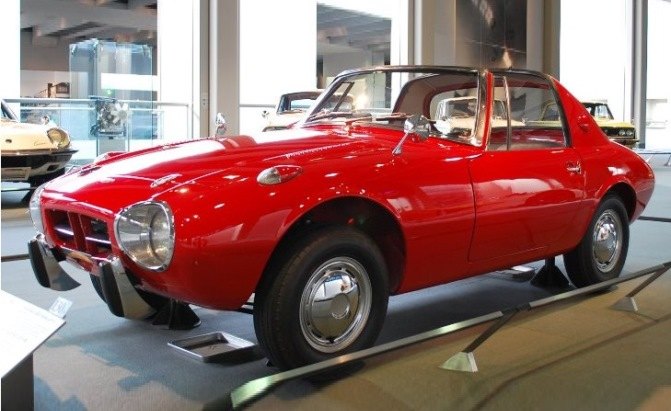

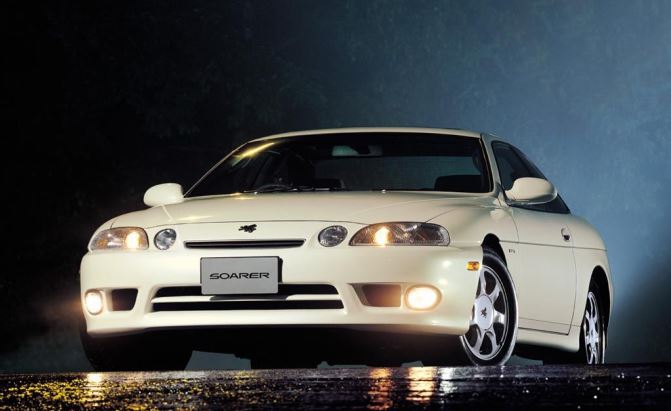
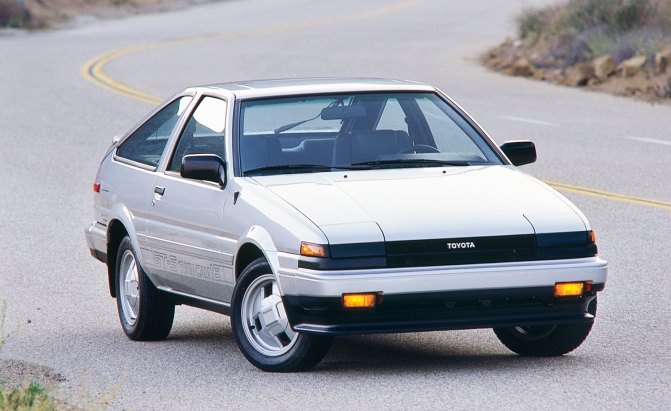
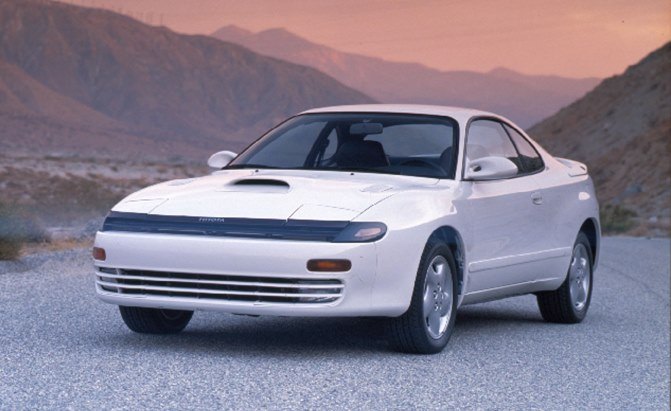
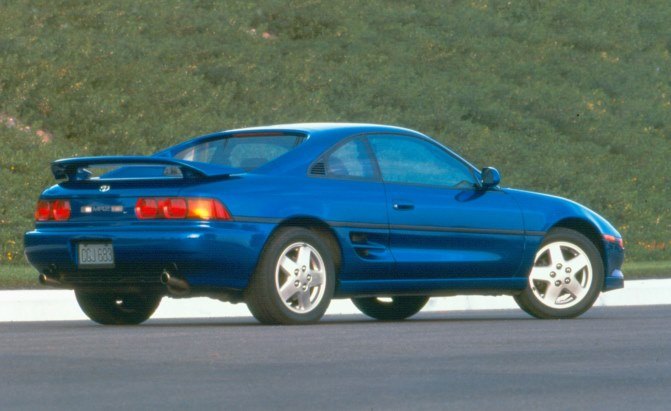

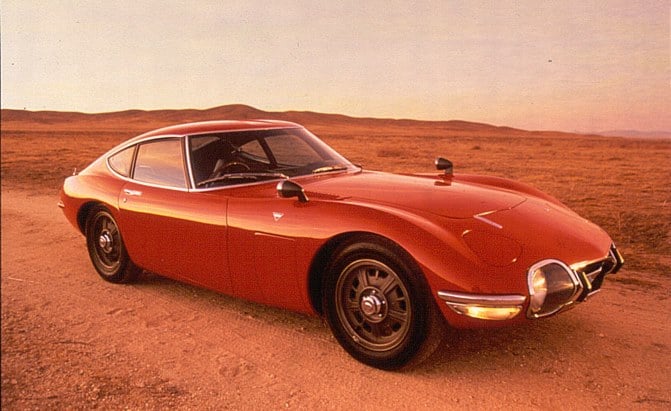
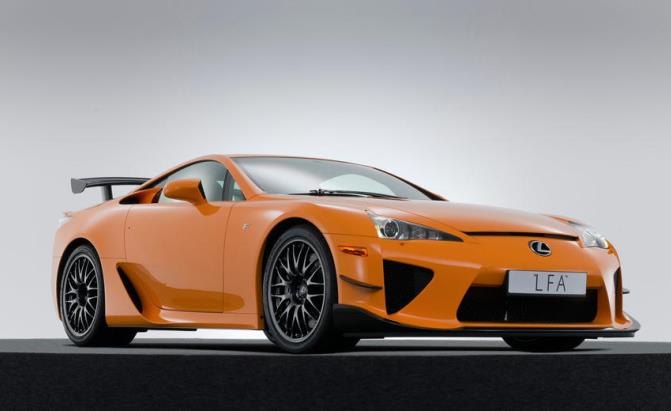


No comments:
Post a Comment